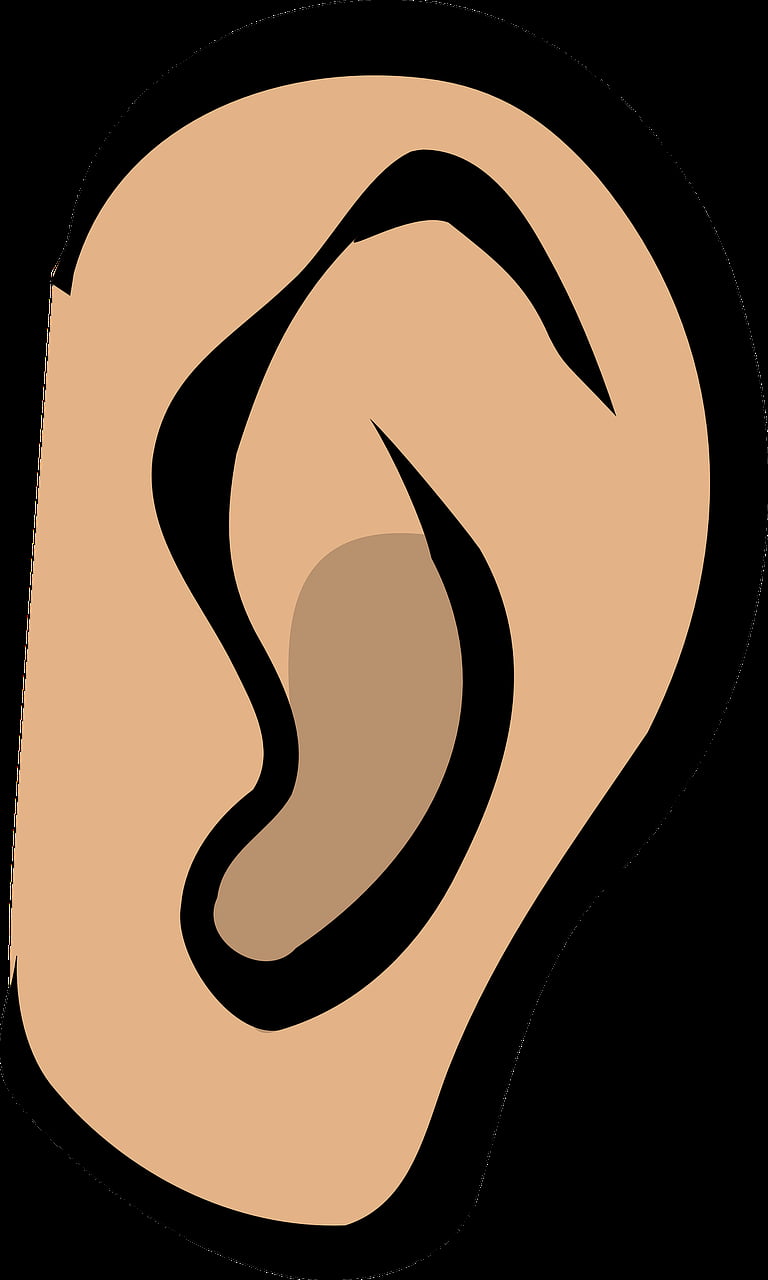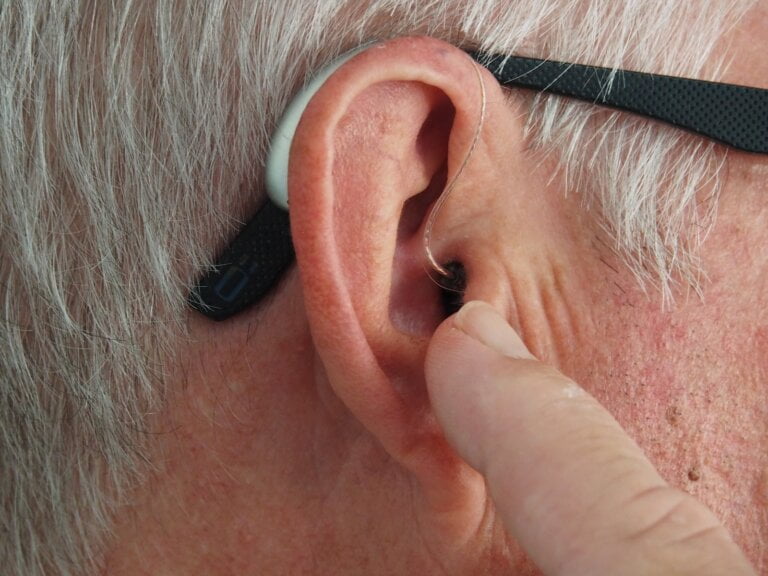An Overview of Advanced Manual Instrument Ear Wax Removal Courses
Ear wax, also known as cerumen, is a natural substance produced by glands in the ear canal. It plays a vital role in protecting the ear by trapping dust, debris, and other foreign particles. However, excessive buildup of ear wax can lead to discomfort, hearing loss, and even ear infections. Manual instrument ear wax removal is a safe and effective method to remove excessive ear wax, and mastering this art can greatly benefit both healthcare professionals and individuals seeking relief from ear wax-related issues.
Understanding the Importance of Advanced Courses in Manual Instrument Ear Wax Removal
While basic ear wax removal techniques can be performed at home using over-the-counter ear drops or irrigation kits, advanced courses in manual instrument ear wax removal provide a comprehensive understanding of the procedure and equip professionals with the necessary skills to handle more complex cases. These courses go beyond the basics and cover a wide range of topics, including anatomy and physiology of the ear, different types of ear wax impactions, and advanced techniques for safe and efficient removal.
Benefits of Advanced Training
- Enhanced Knowledge: Advanced courses provide in-depth knowledge about the structure and functioning of the ear, enabling professionals to identify and address various ear wax-related issues effectively. This knowledge helps them differentiate between normal ear wax buildup and more serious conditions. With a deeper understanding of the ear, professionals can provide more accurate diagnoses and develop appropriate treatment plans.
- Improved Safety: Manual instrument ear wax removal, when done incorrectly, can lead to injury or damage to the ear canal. Advanced training equips professionals with the necessary skills and techniques to perform the procedure safely, minimising the risk of complications. They learn how to properly handle instruments, apply the right amount of pressure, and ensure patient comfort throughout the process.
- Increased Efficiency: Advanced courses teach professionals advanced techniques and tools that allow for more efficient and effective ear wax removal. They learn how to effectively use instruments like microsuction, curettes, and forceps, ensuring thorough cleaning of the ear canal. This reduces the likelihood of recurring issues and provides long-lasting relief to patients.
- Expanded Scope of Practice: With advanced training, healthcare professionals can expand their scope of practice by offering specialised ear wax removal services. By becoming experts in manual instrument ear wax removal, professionals can treat more patients and establish themselves as trusted authorities in the field.
What to Expect from Advanced Courses in Manual Instrument Ear Wax Removal
Advanced courses in manual instrument ear wax removal are designed to provide comprehensive training and practical experience to participants. Here’s what you can expect from these courses:
1. In-depth Theory
The courses typically start with an in-depth understanding of the anatomy and physiology of the ear. Participants learn about the various components of the ear, their functions, and the role of ear wax in maintaining ear health. This theoretical foundation helps professionals develop a holistic approach towards ear wax removal. They gain knowledge about the different types of ear wax impactions and how they can affect hearing and overall ear health.
2. Practical Training
Hands-on training forms a significant part of advanced courses. Participants are provided with opportunities to practice manual instrument ear wax removal techniques under the supervision of experienced instructors. They learn how to handle different types of ear wax impactions, use specialized tools effectively, and ensure patient comfort and safety throughout the procedure. By practicing on realistic models or simulated patients, professionals can refine their skills and gain confidence in their abilities.
3. Case Studies and Problem Solving
Advanced courses often include case studies and scenarios to simulate real-life situations. Participants are presented with challenging cases and are encouraged to analyse, diagnose, and develop appropriate treatment plans. This helps professionals enhance their problem-solving skills and prepares them to handle complex cases confidently. By engaging in critical thinking and applying their knowledge to practical scenarios, professionals become better equipped to handle various ear wax removal challenges.
4. Latest Techniques and Tools
These courses also focus on familiarising participants with the latest techniques and tools used in manual instrument ear wax removal. From microsuction to curettes and forceps, participants learn about different instruments and their appropriate usage. They also gain insights into emerging trends and advancements in the field. Staying up-to-date with the latest techniques and tools allows professionals to provide the best possible care to their patients and ensure optimal outcomes.
5. Regulatory Guidelines and Best Practices
Participants are educated about the regulatory guidelines and best practices associated with manual instrument ear wax removal. They learn about infection control measures, patient consent, documentation, and ethical considerations. This ensures that professionals adhere to the highest standards of care and professionalism. By understanding and following these guidelines, professionals can provide safe and ethical ear wax removal services, gaining the trust and confidence of their patients.
Conclusion
Mastering the art of advanced manual instrument ear wax removal through specialised courses offers numerous benefits to both healthcare professionals and individuals seeking relief from ear wax-related issues. These courses provide in-depth knowledge, practical training, and the necessary skills to perform the procedure safely and efficiently. By expanding their scope of practice, professionals can enhance patient care and create additional opportunities for themselves. Investing in advanced training is a step towards becoming an expert in ear wax removal and ensuring optimal ear health for patients.
FAQs
- What are the benefits of advanced courses in manual instrument ear wax removal?Advanced courses provide enhanced knowledge about the structure and functioning of the ear, improved safety techniques, increased efficiency in ear wax removal, and an expanded scope of practice for healthcare professionals.
- What can I expect from advanced courses in manual instrument ear wax removal?Advanced courses offer in-depth theory on the anatomy and physiology of the ear, practical training with hands-on experience, case studies for problem-solving skills, and education on the latest techniques, tools, regulatory guidelines, and best practices.
- How does advanced training improve safety in manual instrument ear wax removal?Advanced training equips professionals with the necessary skills and techniques to perform the procedure safely, teaching them how to handle instruments properly, apply the right amount of pressure, and ensure patient comfort throughout the process.
- How does advanced training increase efficiency in ear wax removal?Advanced courses teach professionals advanced techniques and tools like microsuction, curettes, and forceps, allowing for more efficient and effective ear wax removal. This reduces the likelihood of recurring issues and provides long-lasting relief to patients.







